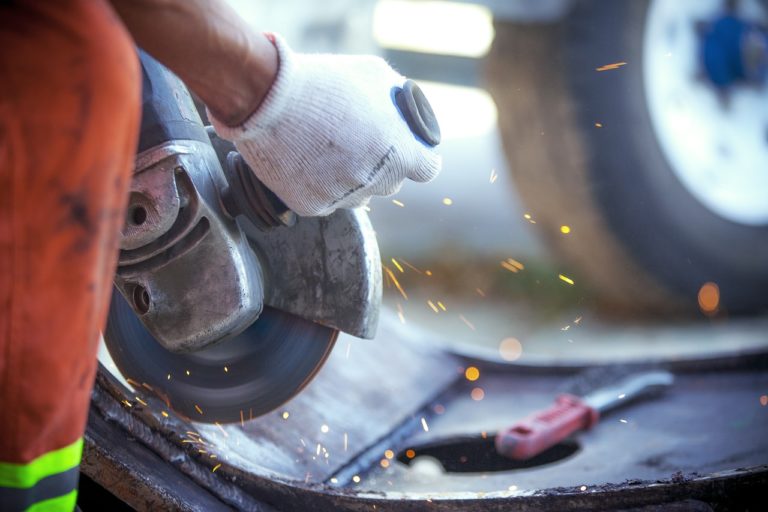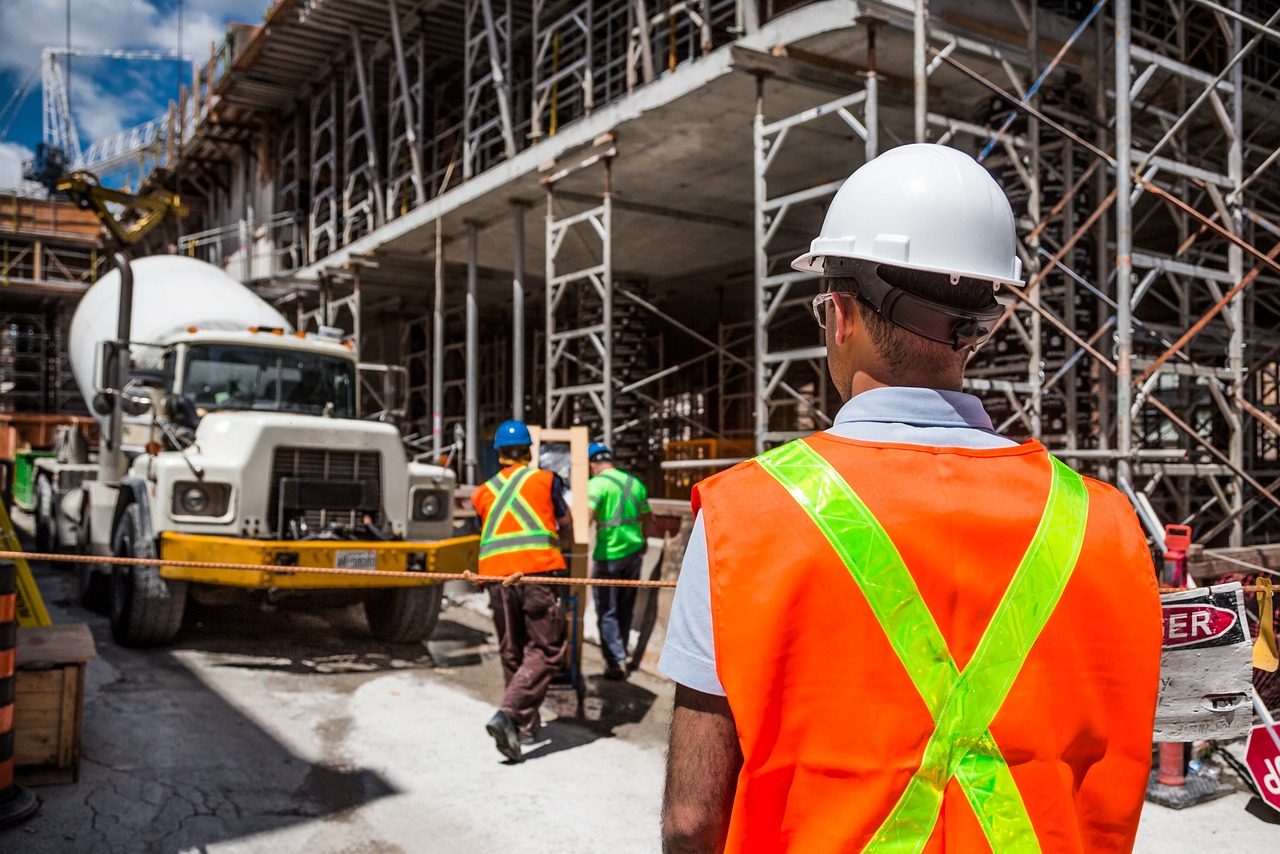Ensuring workplace safety is paramount in any industry.
One critical aspect often overlooked is the protection of the lower extremities—our legs. In this article, we explore the importance of leg protection equipment and how investing in quality gear can significantly enhance safety and productivity.

The Importance of Leg Protection
Leg injuries can be debilitating and costly for both employees and employers. According to workplace safety statistics, a significant number of injuries involve the lower limbs, ranging from minor cuts to severe fractures. These injuries often result from slips, falls, impact from heavy objects, and exposure to hazardous materials.
Types of Leg Protection Equipment
There are various types of leg protection equipment designed to mitigate these risks:
- Protective Pants and Overalls: Made from durable materials such as Kevlar or heavy-duty canvas, these garments provide protection against cuts, abrasions, and minor impacts.
- Knee Pads and Shin Guards: Essential for workers who kneel or work in confined spaces, these accessories prevent injuries from prolonged kneeling and provide cushioning against hard surfaces.
- Steel-Toe Boots: These boots are reinforced with a steel cap in the toe box to protect against crushing injuries from heavy objects and equipment.
- Chemical-Resistant Leg Covers: For industries dealing with hazardous chemicals, these covers protect against spills and splashes that could cause severe burns or skin damage.
Benefits of Using Leg Protection Equipment
Implementing proper leg protection measures offers several benefits:
- Reduced Risk of Injury: By wearing appropriate gear, workers significantly decrease the likelihood of sustaining leg injuries.
- Enhanced Productivity: When workers feel safe and protected, they can focus more on their tasks, leading to increased efficiency.
- Compliance with Regulations: Many industries are subject to safety regulations that mandate the use of protective equipment. Compliance ensures a safer work environment and avoids penalties.
- Cost Savings: Preventing injuries reduces medical costs, workers’ compensation claims, and downtime due to injuries.
Choosing the Right Equipment
When selecting leg protection equipment, consider the specific hazards present in your workplace. Consult safety guidelines and regulations to ensure compliance. Additionally, prioritize comfort and fit to encourage consistent use among workers.
Training and Maintenance
Simply providing protective gear is not enough. Proper training on the use and maintenance of equipment is crucial. Employees should know how to inspect, clean, and store their gear to ensure its effectiveness. Regular inspections and replacements of worn-out gear are also essential – https://ogrifox.com/en,categoryView,LEGS_PROTECTION,9,0,1.html.
Investing in quality leg protection equipment is an investment in both safety and productivity. By mitigating the risks associated with leg injuries, employers create a safer work environment where employees can perform their duties with confidence. Remember, safety should always be a priority in every workplace.
For more information on our range of leg protection equipment, contact us today.
